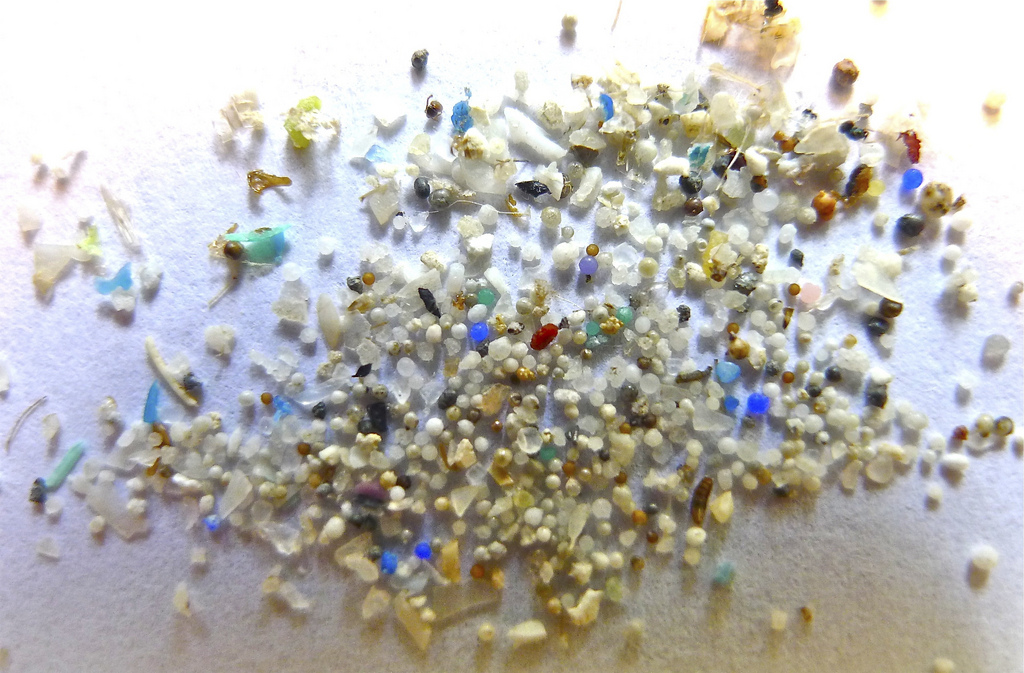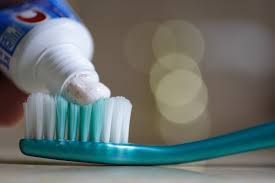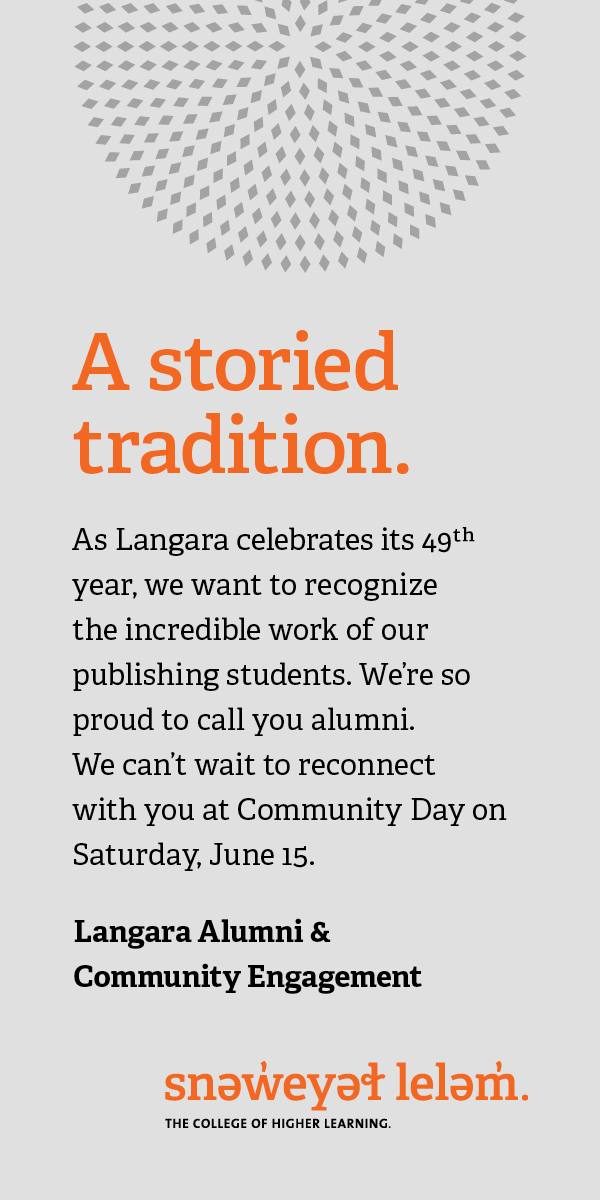Increasingly, legislation worldwide is aimed at banning microbeads. Those are the tiny scrubbers that make your skin so soft. And your teeth feel so smooth. Microbeads appear in products ranging from cosmetics to household cleaners – and ultimately end up in our waterways – resulting in an environmental toxic soup that continues to be in the news. And now in our drinking water. And even in our food chain. And if that isn’t scary enough, a recent Vancouver Aquarium Aqua-Blog post states:
“… microbeads are only a small part of the microplastics problem… We also found that these microplastic particles are being mistaken for food by zooplankton, which are the base of the Pacific food web upon which our salmon, herring, seabirds and marine mammals depend.”
The 2016 issue of Pacific Rim Magazine shines a light on the microplastic mess.
In “The Real Dirt on Laundry“, author Erin Hughes reveals that researchers have discovered that a primary source of microplastics is… doing your laundry! Washing synthetic fabrics such as polyester, nylon and acrylic – even fleece – adds vast amounts of microplastic fibres into marine habitats.
Let’s hope it’s not too late by the time that happens…
* Peter S. Ross, Director of Vancouver Aquarium/
Coastal Ocean Research Institute Ocean Pollution Research Program







